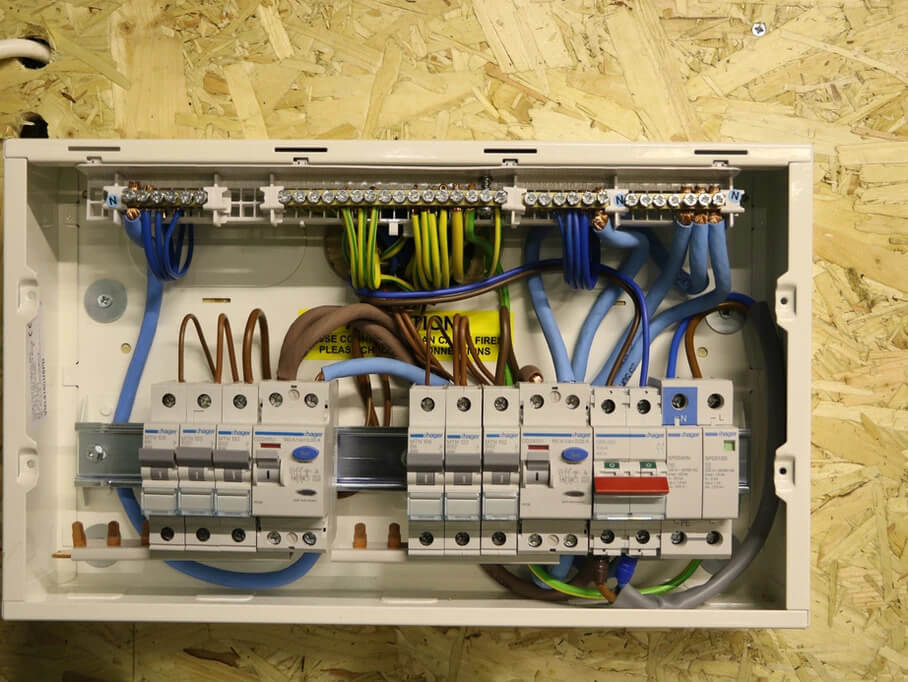Published on 6th November 2020
Consumer units, otherwise known as fuse boxes, are the heart of the electrics of your property. They ensure the electrical safety of your outlets, appliances and wiring, and ensure the power is turned off incase of a potential fire or electric shock.
Because of the large job consumer units do it is important to have them regularly updated, or at least inspected, to ensure they meet the current regulations. These could be regulations you are not even aware of. Some examples are below:
In the electrical industry it is recommended you replace your consumer unit every 10 years to ensure you have the highest form of safety.
If you decide to have your consumer unit upgraded, the first thing to do is to be aware of what is involved and the prices/ time associated with it.
1. When upgrading a consumer unit it is always recommended that you have an EICR (Electrical Inspection Condition Report) done prior. This is because old existing electrics in your house may not meet the current safety standards. If a consumer unit is upgraded without a prior EICR you run the risk of the new unit continuously turning off, because it is registering the old electrics as dangerous or a potential fault. A good thing about having a prior EICR is it may show you have adequate protection and do not need a consumer unit upgrade.
2. An EICR takes around half a day to complete and will make us aware if it will be okay to upgrade your consumer unit, or if not, how we can rectify this problem. The EICR shall also assist in speeding up the final tests once a consumer unit is upgraded, as an electrical installation certificate is required upon completion as well as building control notification. An EICR shall also make you aware of any recommendations in your property, and ensure safety validation that could be used when moving or selling your home.
3. Next step is to determine what consumer unit you would like, below are some examples and information:

The total cost of your consumer unit could range from £330 unto £1000, depending on the brand and type of protection you would like.
To try and make it easier for you, we have installed some average prices below for a replacement consumer unit to try and make it easier for you to estimate a cost:
If you have decided to have your consumer unit upgraded, the next step is to find a reputable contractor to complete the work for you.
We recommend you get between 2-3 quotes for your consumer unit change, as some contractors prices vary greatly. When looking for a contractor we always check there credibility first, are they proud of there brand, is there of quality of work good, do they have a great review platform? We also check if they are a member of a competent persons scheme such as the NICEIC, Napit, Stroma etc. (this is recommended as if the contractor is not reliable you can report them to there competent persons scheme). Another perk to look for in you contractor is if they offer labour warranties on their work, for example all of our consumer units we fit come with a minimum 10 year labour warranty.
All consumer units should be installed to the current 18th edition regulations and notified to building control. The entire property should also be tested upon competition, and a test certificate provided to you upon completion free of charge.

Falcon Innovations Limited | Company Registration: 11159922
SEO and Website Design by Loop Digital